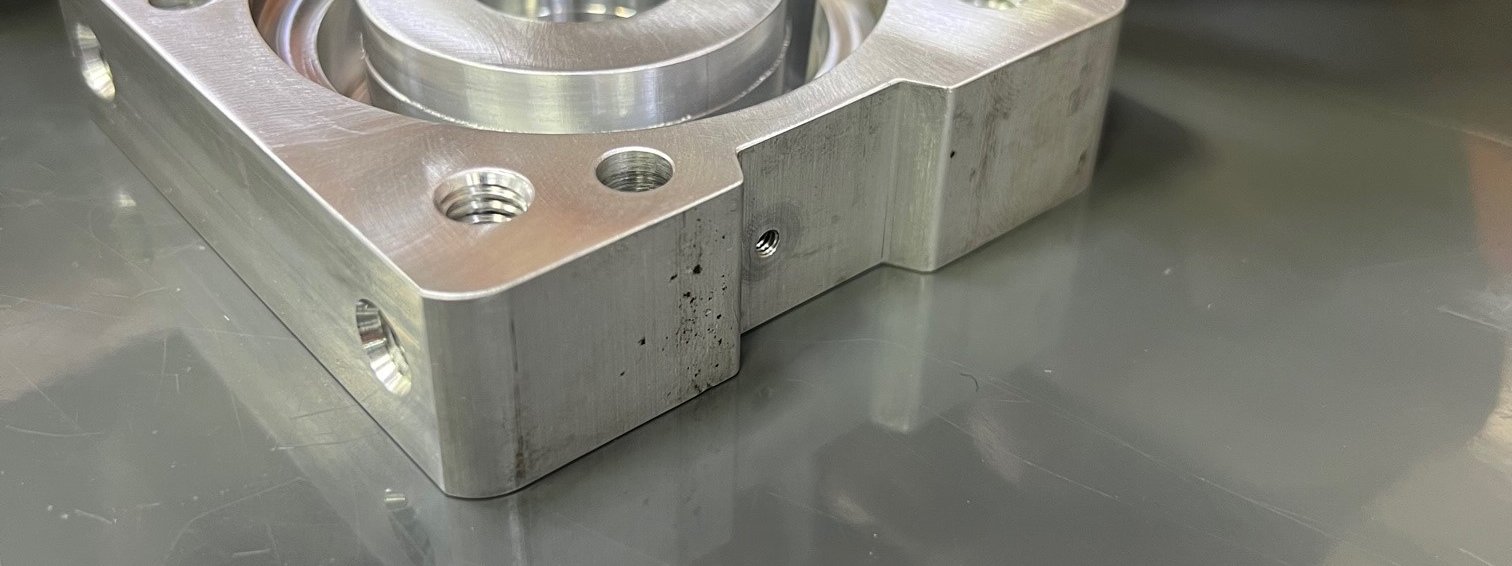
Robots Are Ready – Why Aren’t All Machine Shops?
Robots Are Ready – Why Aren’t All Machine Shops?
Reading Time: Less than 4 Minutes
Word Count: 906 Words
Key Takeaway: Machine-tending robots are a mature product that helps solve machine shop problems that won’t get better by themselves.
Robots provide a competitive advantage for machine shops because robots solve problems they will not solve themselves.
CNC machine-tending robots are ready to help, so why isn’t every machine shop running to add robots to their operational plan?
To understand why we need to start with the problem.
Simply start with the labor shortage. The facts are simple and can be debilitating.
- Baby boomers, many of whom work in manufacturing, are retiring substantially.
- Young people are not flocking to manufacturing jobs like they once did.
- COVID-19 effectively shrunk the labor participation rate and has NOT returned to pre-pandemic levels.
- There are 810,000 unfilled manufacturing jobs.
- There are 1.6 open jobs for every unemployed person.
- Machine shops compete not just with other machine shops for the labor pool. They are also competing with higher-paying industries.
- By 2030, unfilled manufacturing jobs are slated to grow to 2,100,000.
Everything points to the labor shortage exacerbating, not improving. Even a recession won’t solve the labor issue. The labor pool is still too small.
The labor participation rate or the labor pool is smaller now than it was prior to the pandemic. In January 2020, the labor participation rate was 63.4%. In April 2020, the rate dropped to 60.2%. That drop represents a 5% decrease in the overall participation rate. In September 2022, the rate was 62.3%. That is 98% of the labor participation rate in January 2020.
Why is it smaller? In September 2022, The Bureau of Labor Statistics stated that people have an overall lower will to work. That has kept the labor participation rate down. Some people who held multiple part-time jobs now are holding one. Some people remain on the sidelines, and experts don’t have a clear explanation for the trends.
A big impact comes from retiring baby boomers. While they are no longer the largest generation in the workforce, they are still a significant portion of the workforce. Some of the younger generations also do not have the same labor participation rates, as many young males remain out of the workforce.
The impact of the labor shortage is the real problem, not the labor shortage itself.
Production Gaps
The labor shortage causes production gaps. The work doesn't get done when you don’t have people in place.
Companies with a larger workforce have flexibility. Like chess pieces, they can be moved from one square to another to mitigate an issue. Companies with a smaller workforce, like machine shops, don’t have the luxury of scale that allows them to cover open jobs and better respond to customer needs.
Unhappy Customers
Like the labor shortage, production gaps aren’t the real problem. The impact of those production gaps wreaks havoc on machine shops.
You get calls from unhappy customers when you can’t deliver on time. While they may not say it, unhappy customers are out looking for someone who can deliver on time. They may not say they are leaving. They may stop placing parts orders. Ouch!
Cashflow Crunch
If you can’t ship on time, you can’t bill on time. That delays revenue and causes cash flow pressure.
These types of pressures don’t help your machine shop, and they are largely preventable. Because they are preventable, they tend to hurt more.
Wage Inflation Pressures
The labor shortage also causes inflationary wage pressures. New workers want a higher pay rate, and existing staff want bigger raises to stay, or they will leave.
The cost of benefits continues to increase. Healthcare costs are up 6% and are expected to continue to increase at the same rate for the next few years. Three years of benefits increase at 6% results in a 19% increase in benefits cost. Over five years, that accounts for a 33% increase.
Having a robot in place helps reduce the cost of benefits because the robot does not require a paycheck and benefits. Once you’ve paid for the robot, it is pure savings.
Why Are Robots the Solution?
Purpose-built, CNC machine tending robots were born out on the shop floor more than fifteen years ago. This is a mature product. The complexity has been converted to simplicity.
We still call entering the operational instructions programming. Our technically savvy customers have said it is not programming. Programming language is not required. You simply enter the raw and finished parts dimensions, material, and piece count. You select the optimal air blowout pattern or choose an alternative.
Unlike a DIY effort, you aren’t people dependent on our robot. Operating it is so simple that if you lose someone who operated the robot, their replacement can quickly be up to speed.
User training is simple and fast. We set aside an entire day for training. People rarely use the entire day. In most cases, people tend to grasp it quickly and run jobs by noon.
Today’s robots are a proven solution with a decade-long track record of success.
Costs
Despite the competitive advantages, robots now cost less than your human machine operator. Even financing at today’s rates, your monthly payment is likely to be less than the fully loaded cost of that machine operator.
The robots are ready to help machine shop leaders gain control over production and costs without adding staff. Machine shops need to find the right partner to explain it properly and help implement it.
Ready to discover how a purpose-built, CNC machine-tending robot can help your machine shop? Call us at 866-952-9020 and then press 1 to start the conversation.